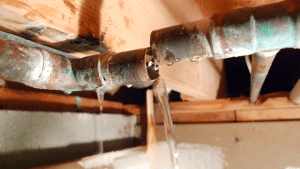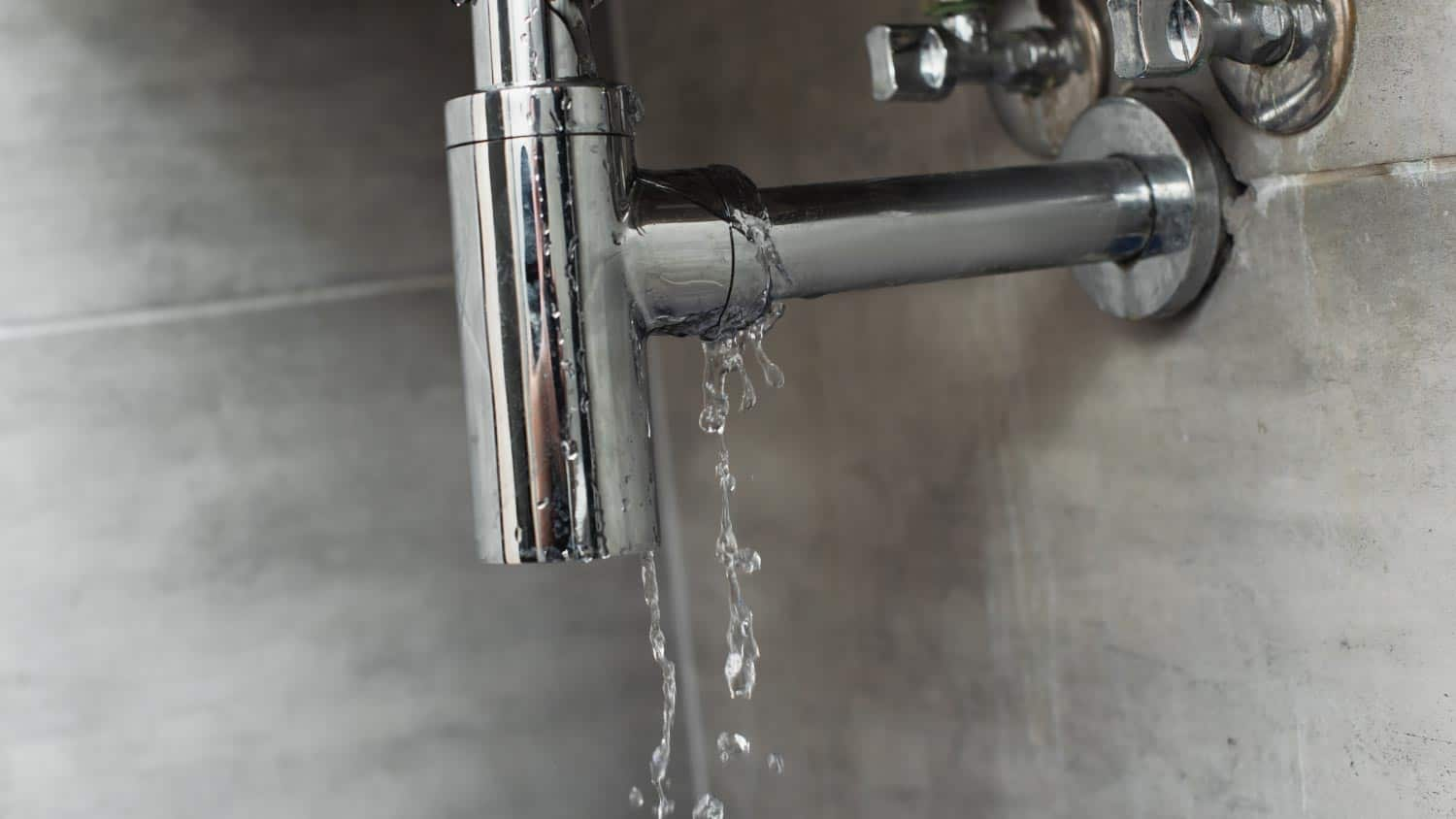Nearly everybody has got their own unique perception about Finding hidden leaks.

Early detection of leaking water lines can alleviate a potential disaster. Some small water leakages might not be visible.
1. Check Out the Water Meter
Inspecting it is a guaranteed way that helps you uncover leakages. If it moves, that indicates a fast-moving leakage. This implies you might have a slow-moving leak that might even be below ground.
2. Examine Water Consumption
Evaluate your water expenses as well as track your water intake. As the one paying it, you need to see if there are any kind of discrepancies. If you spot sudden changes, despite your usage being the same, it implies that you have leaks in your plumbing system. Remember, your water costs need to drop under the same range every month. An abrupt spike in your costs suggests a fast-moving leak.
Meanwhile, a constant boost on a monthly basis, despite the very same behaviors, reveals you have a sluggish leak that's also gradually escalating. Call a plumber to thoroughly inspect your building, especially if you feel a cozy location on your flooring with piping below.
3. Do a Food Coloring Test
30% comes from commodes when it comes to water consumption. Examination to see if they are running effectively. Decline specks of food color in the storage tank and also wait 10 minutes. There's a leakage between the storage tank and dish if the color in some way infiltrates your bowl throughout that time without flushing.
4. Asses Exterior Lines
Don't neglect to inspect your outdoor water lines also. Ought to water seep out of the link, you have a loose rubber gasket. One little leak can waste heaps of water and also spike your water expense.
5. Examine the scenario and inspect
House owners should make it a practice to inspect under the sink counters as well as even inside cabinets for any kind of bad odor or mold development. These 2 warnings suggest a leakage so prompt attention is required. Doing routine evaluations, also bi-annually, can conserve you from a significant trouble.
If you recognize your residence is already old, keep a watchful eye on your heating systems, tubes, pipelines etc. Check for stainings as well as deteriorating as many home appliances and pipes have a life expectancy. They will additionally naturally wear away because of wear and tear. If you suspect dripping water lines in your plumbing system, do not wait on it to rise. Call a specialist plumber today so you don't end up with a dreadful mess in your home.
Early discovery of leaking water lines can mitigate a potential disaster. Some tiny water leakages might not be noticeable. Inspecting it is a surefire way that aids you find leaks. One tiny leakage can lose heaps of water as well as spike your water costs.
If you think leaking water lines in your plumbing system, do not wait for it to escalate.
How to Know If Your Home Has a Hidden Leak
Water Meter Reveals Inexplicable Water Usage
If you’d like to test whether or not there’s a leak somewhere in your home, you can do this using your water meter. Here is how to conduct the test:
Don’t use any water in your home for at least 30 minutes; this also means not turning on faucets or water-using appliances.
Go outside, and check your water meter for activity.
If your water meter shows that there was activity, even though no one was using any water, this proves that there is a leak in your home.Visible Mold or Mildew Growth
Leaks behind walls create moist, dark environments that allow mold and mildew to grow and thrive. Eventually, you might see mold growth forming on the wall closest to a hidden leak.
If mold is growing in an area that receives a high amount of moisture, such as a bathroom, it may simply be an indication that better ventilation is needed. However, if you see mold growth on a wall or the ceiling in an area where you would not expect, you probably have a hidden leak.
Musty, Mildew Odor
Sometimes you might not be able to see the mold or mildew that is growing as a result of a leak. However, the smell can give the problem away just as easily. If you catch a whiff of something musty, there’s a good chance that old water is collecting somewhere in your home that you can’t see.
Stained/Warped Walls, Ceilings, or Floors
When your home soaks up water, a variety of red flags can become visible, including ceiling stains, bubbling drywall, warped walls, and sagging floors. While these issues can be caused by excess humidity, they can also be signs that a pipe or plumbing connection has started leaking behind your walls.
Inexplicably High Water Bill
After a while, you get a general sense for what your water bill should be. If you own a pool or sprinkler system, your bill will tend to be higher during summer. However, if you receive a water bill that seems especially high, and you can’t figure out what caused it, then you may have a hidden leak somewhere that’s increasing your bill.
https://www.plumbingjoint.com/blog/2019/july/how-to-know-if-your-home-has-a-hidden-leak/

Do you enjoy reading about Locating water leaks? Post a review down the page. We'd be delighted to listen to your responses about this article. In hopes to see you back again in the future. In case you enjoyed our page if you please remember to pass it around. I love reading our article about Detecting hidden plumbing leaks.
Effective solutions available.